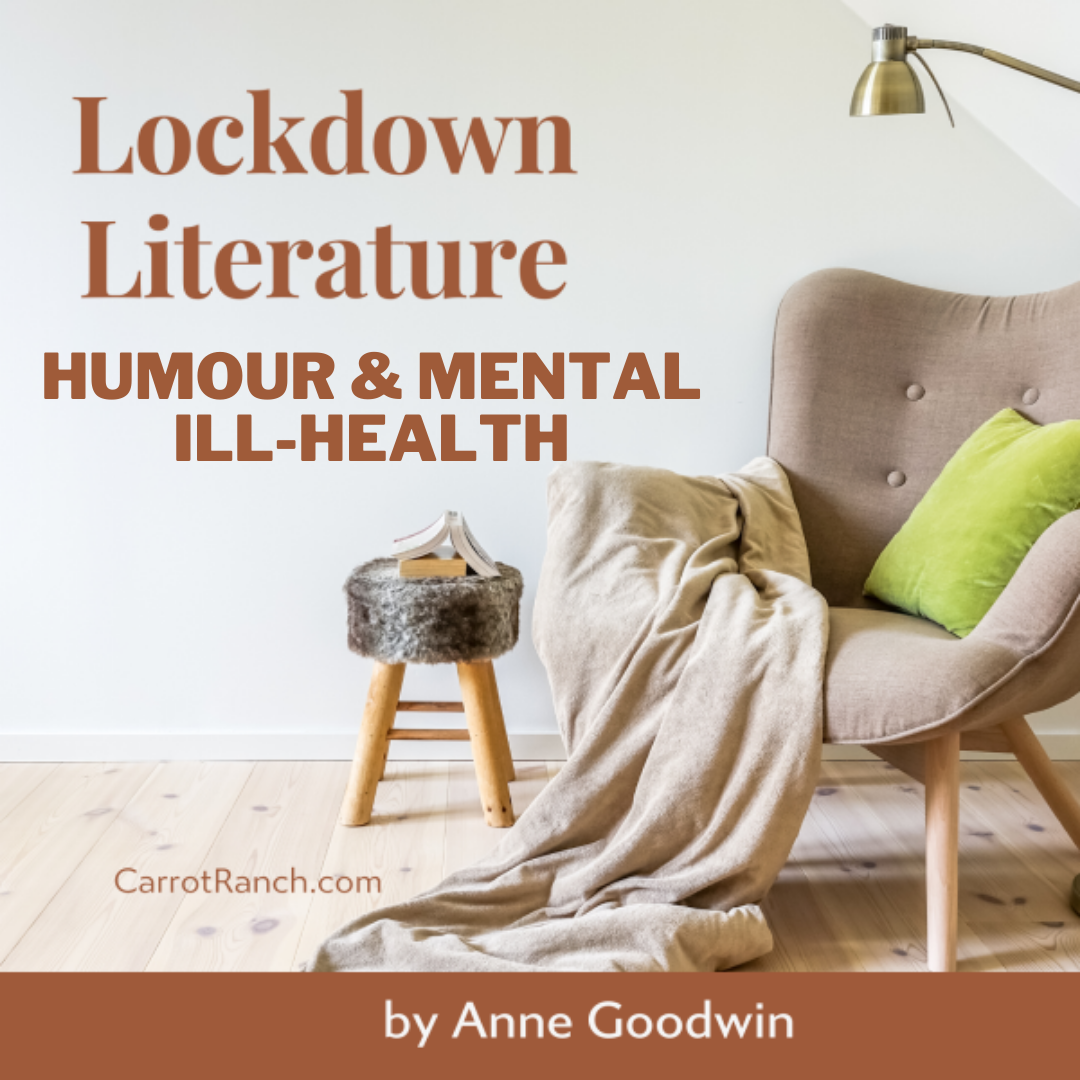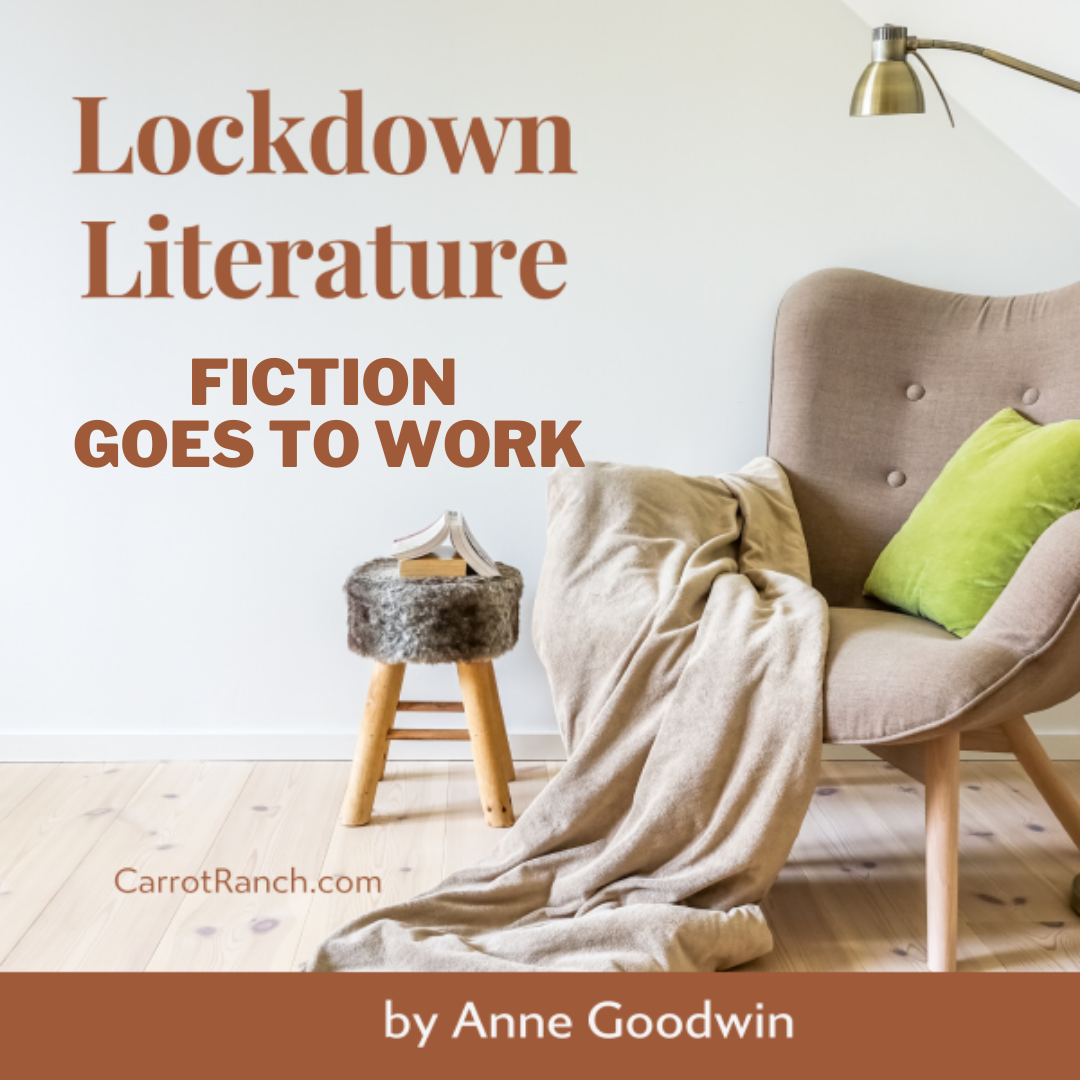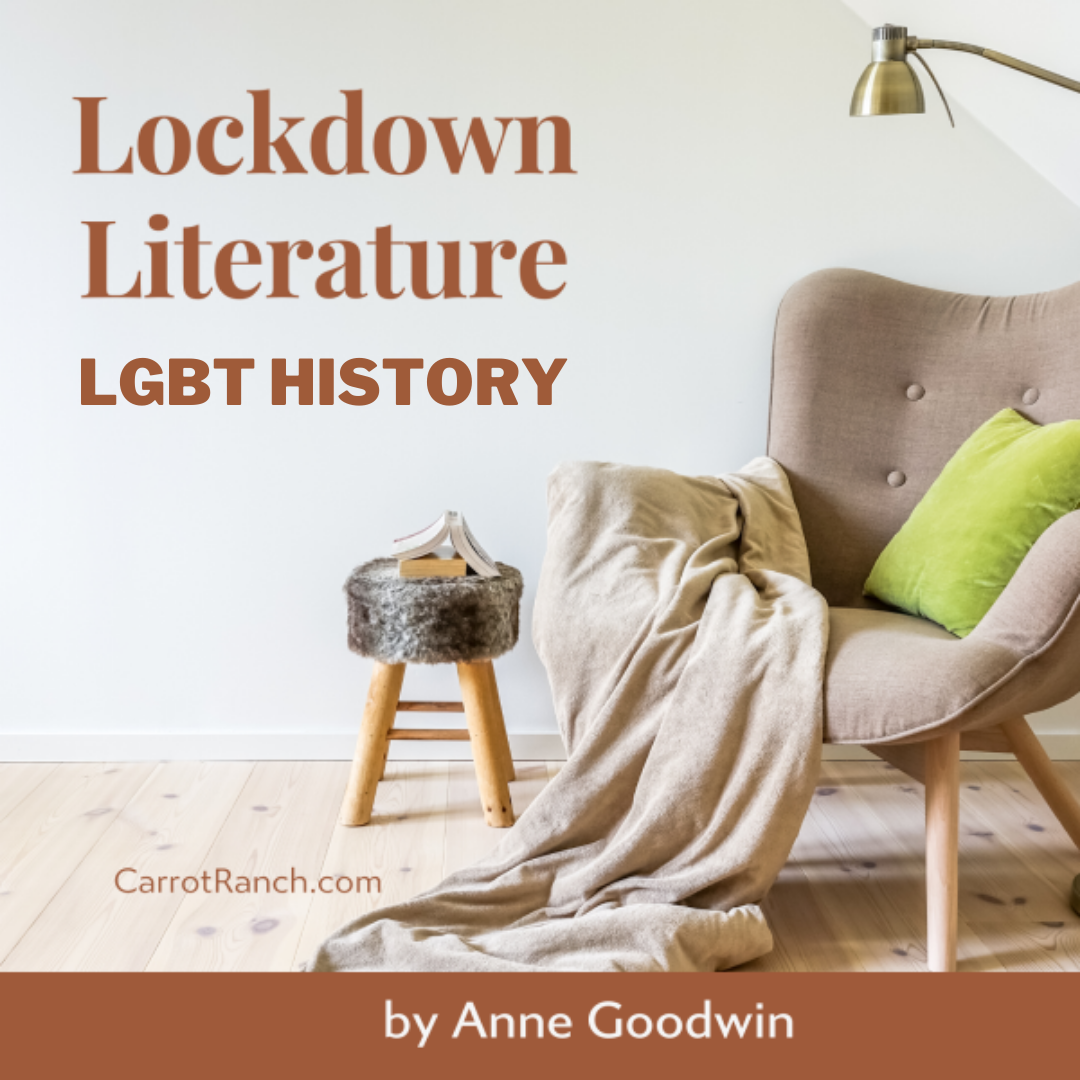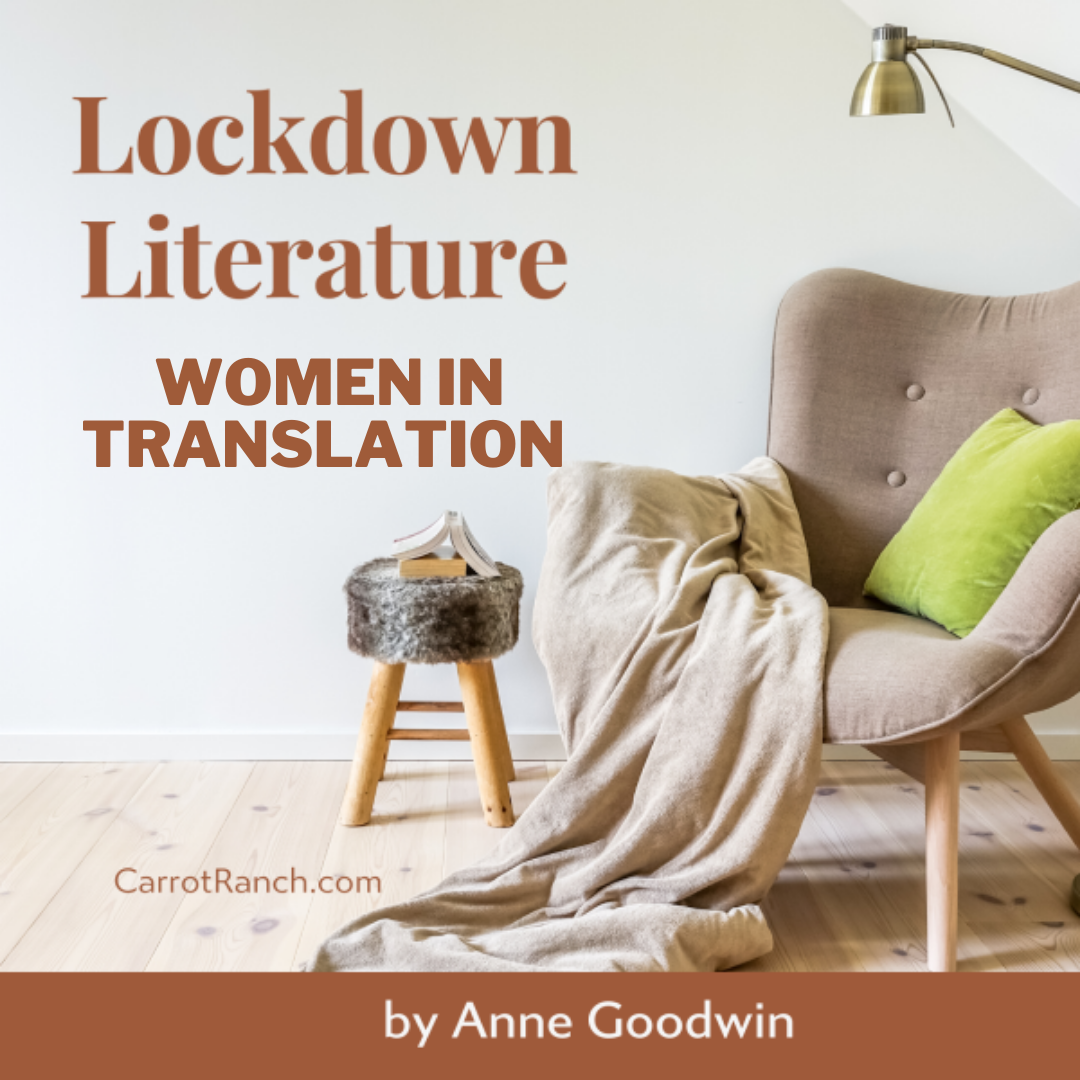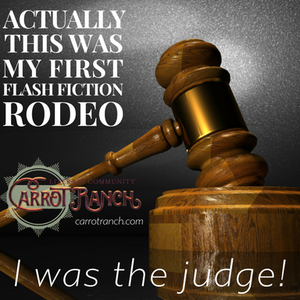
While I can see how this can create tension, I’ve always had a problem applying this “rule” to my writing. My characters refuse to sum up what they’re aiming for in a neat sound-bite and, if they do, they shoot off in the opposite direction a couple of chapters later. I could try reining them in, but they’d only start complaining that I was the one who invited them to act as if they were as quirky and contradictory as real people.
Let’s start with Alys, Always, the foundation for my latest Q&A with author Harriet Lane. What Frances wants is uncertain at the beginning and is gradually shaped by circumstance. Later, when she develops her plan, the details are withheld from the reader. The tension arises, not from following her along a clear path, but from wondering exactly where she’s heading and how far she’s prepared to go. Here’s what the author told me about this apparent subversion of the motivation ideal:
A reader generally comes to a novel -- especially a novel with a first-person narrative -- presuming that he or she is in ‘safe hands’. You take a lot for granted, and I thought it would be fun to explore that assumption. Harriet Lane.
Satish, the central character of Jubilee, also has secrets, but these stem from fear and shame rather than an attempt to manipulate. Yet what he wants is clear enough, although I’m not sure it meets the 'proper' criteria if a character wants something not to happen. But it works: we keep reading to discover why he doesn’t want to go to the reunion party and whether he will be able to avoid it.
If Satish is an example of negative motivation, Futh, the main character in The Lighthouse, serves to demonstrate how non-motivation can be effective. Although ostensibly driven to complete his walking tour, he’s someone who is more acted upon than active, consumed by the sadness of his childhood:
He isn’t really capable of leaving the past and the damage behind Alison Moore
I presume it’s his vulnerability that helps us tolerate his lack of direction. Yet a vulnerable narrator needn’t lack of direction. In Harmattan, it’s perfectly clear that twelve-year-old Haoua wants to continue her education. Yet this isn’t a story of will-she won’t-she achieve the goal of a school place, but of how bad things can get when that most ordinary of experiences is taken from her. Witnessing the attack on all that was good in her life, the reader shares the outrage that motivated Gavin Weston to begin the novel.
The other child narrator, five-year-old Pea, heroine of The Night Rainbow, can also tell us what she wants, setting out on a quest to make her mother happy. But how can the adult reader align herself with this desire in the knowledge that what really ought to happen is for the mother to get out of bed and recognise she has a living child to care for? Heavily pregnant following a stillbirth and having recently lost her husband, Maman is not unsympathetic. Like for Satish and Futh, there’s a generalised wish that the bad stuff hasn’t happened and the forward motion comes from hoping everyone will find a way through.
Finally, in The Banner of the Passing Clouds, the novel at the centre of my next author interview, Iosif strives to be loyal both to his family and to the state. With Stalin having taken up residence inside his body, these turn out to be contradictory ideals, pulling him in different directions.
Thus, in every one of these debut novels the main character’s motivation is less straightforward than the creative writing gurus would have us believe. Yet they are each, in their different ways, a gripping read. Goals can be vague, contradictory, withheld, unknown or denied; a character can be
motivated to avoid an outcome or to work towards the wrong thing. Motivation can be projected into the reader, so that we want to climb inside that fictional world and fix the problem.
Mixed-up motivation works well for me as a reader, how about you?

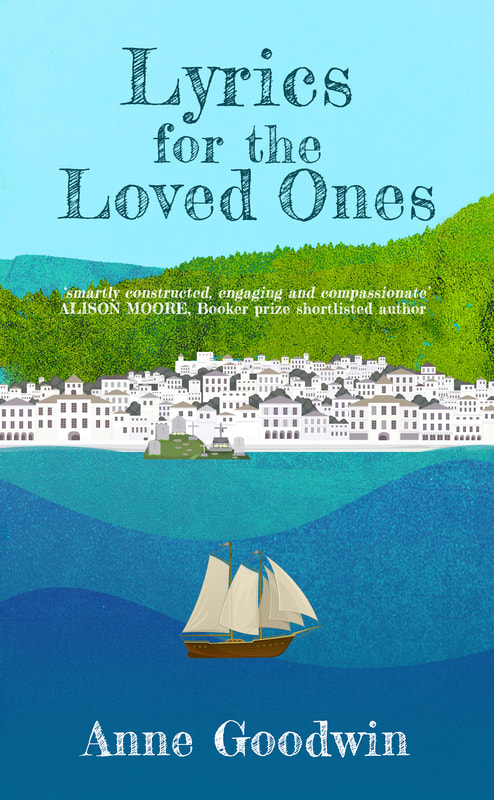
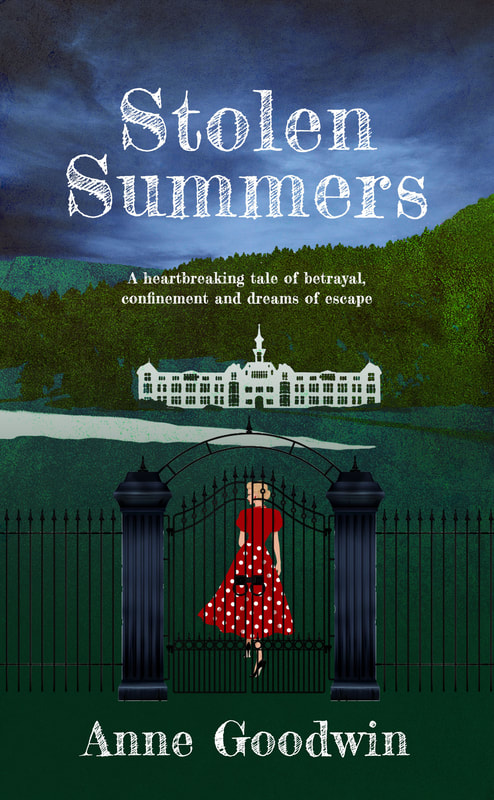



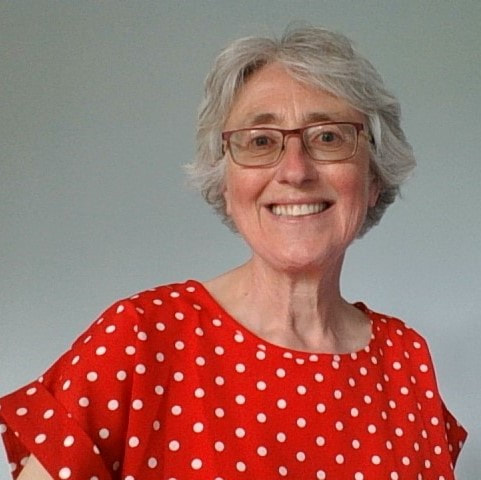

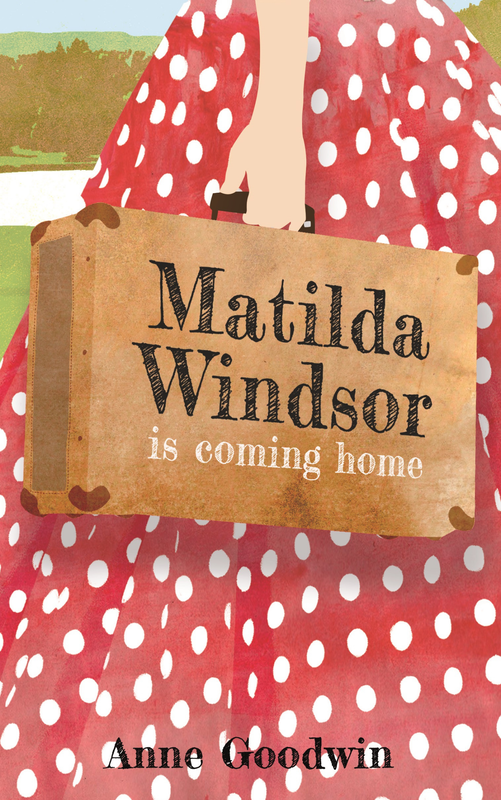


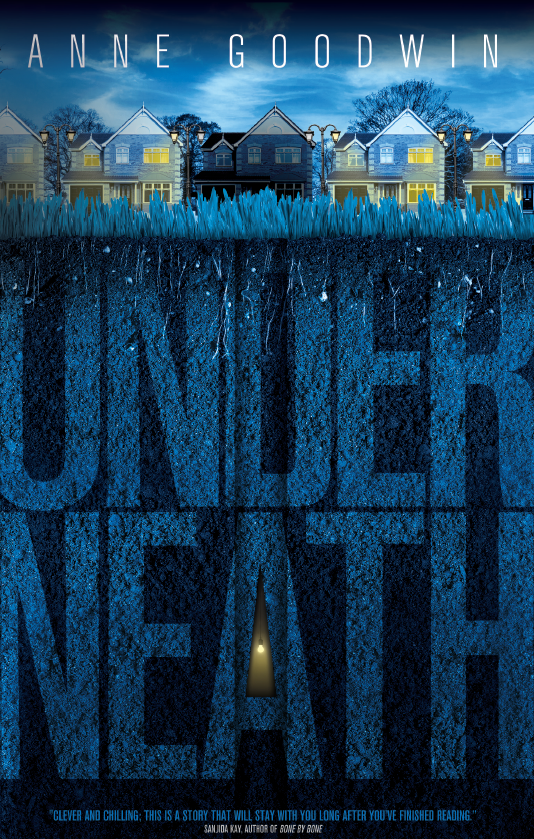







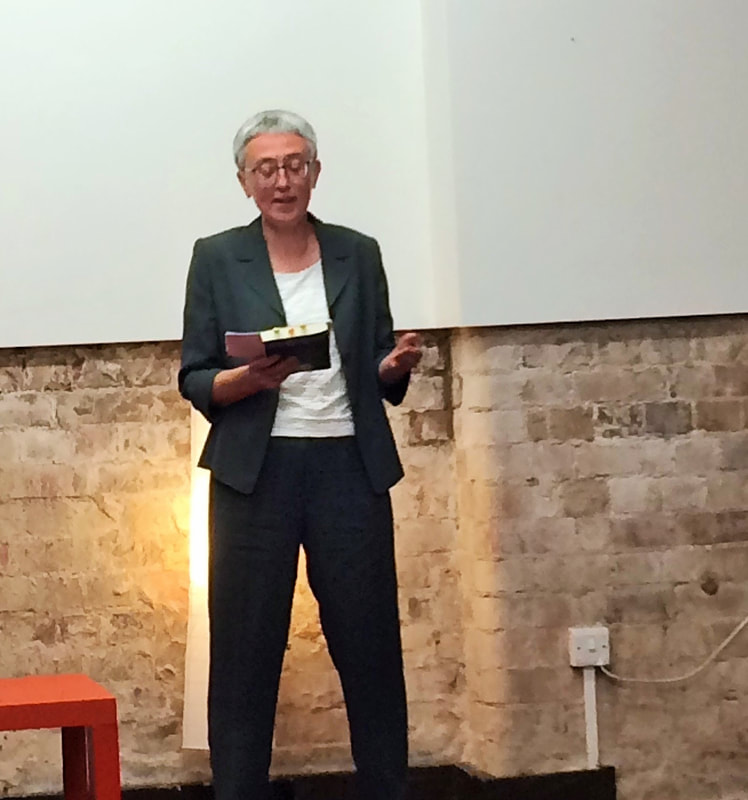

 RSS Feed
RSS Feed




